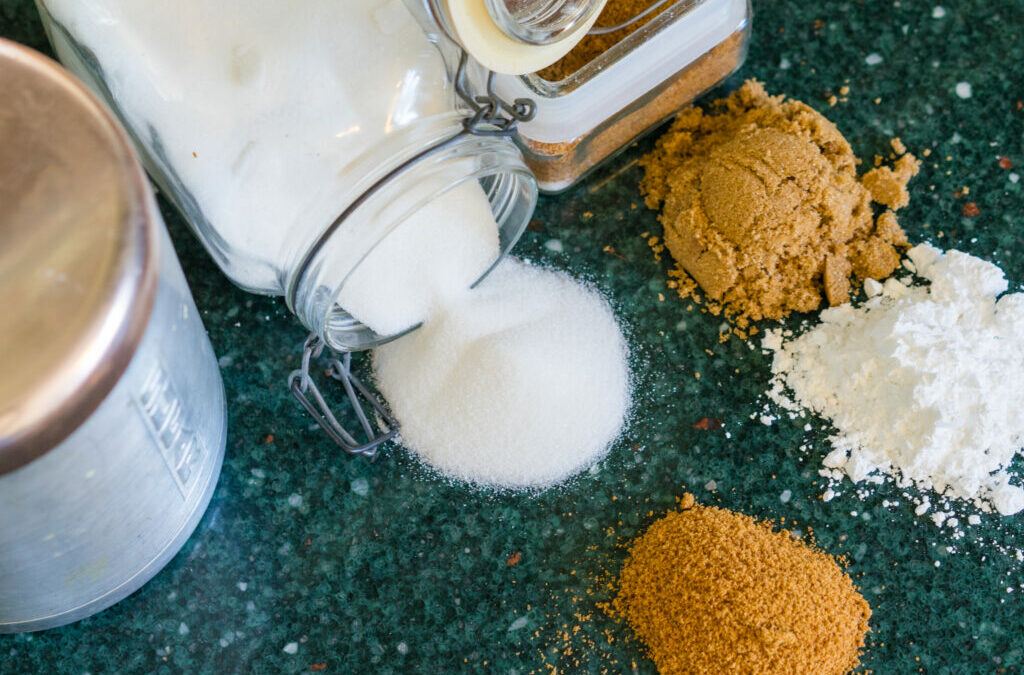==================
Affiliate Statement
Best Baking Tips is supported by our audience. When you purchase through one of our links, we may earn a small affiliate commission. As an Amazon Associate I earn from qualifying purchases. Your cost is not affected.
==================
There are several different types of sugar you should familiarize yourself with if you want to start your baking career or if you just want to further your knowledge. Knowing the different types of sugar available will help you know what type is appropriate for whatever you’re cooking or baking.
Sugar not only sweetens your food but also has numerous other uses too. If you want to learn more, then do keep on reading.
9 Different Types of Sugar
According to sugar.org, sugar is a broad term for mono and disaccharides, simple carbohydrates. Monosaccharides are fructose, glucose, and galactose. At the same time, Disaccharides are trehalose, maltose, sucrose, and lactose.
Sugar can either be man-made or naturally occurring. The former is where sugar undergoes a refining process by using various plants or dairy as a main ingredient. In comparison, the latter is found in fruits and vegetables.
1. White Sugar

Other Names: Table sugar or granulated sugar
Purpose: Besides its most common purpose, which is to provide sweetness, sugar also helps assist in several chemical reactions when baking.
Best for: Adding sweetness to baked goods, powdered drinks, whipped cream, and icing.
First on the list is white sugar. Commonly made from cane sugar, white sugar is a type of sugar that has undergone the refining process. Unlike brown sugar, which is able to retain some nutrients, white sugar has none. Compared to other sugars, white sugar has less sweetness.
2. Caster Sugar
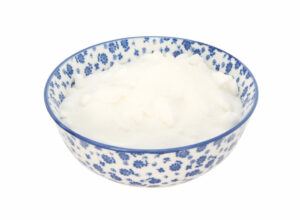
Other Names: Superfine granulated sugar
Purpose: Sweeten drinks and baked goods that are delicate in character, like meringues
Best for: Adding sweetness to baked goods and can be used for cocktails and other alcoholic drinks.
Caster sugar is a type of white sugar that is best known for its superfine quality. Because of its fineness, this type of sugar is a great sweetener for drinks since it dissolves more easily.
3. Confectioner’s Sugar
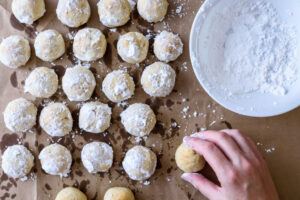
Other Names: Powdered sugar or icing sugar
Purpose: Provide a slight dusting of sugar to your baked goodies
Best for Icing, mousses, pastries, and baked goods that need a smooth texture.
The confectioner’s sugar is white granulated sugar in powdered form. Making your own confectioner’s sugar is quite easy to do. All you need is a cup of white granulated sugar and a tablespoon of cornstarch.
After getting all the needed ingredients, the next step is to blend everything in a food processor or a blender. A food processor will give you a finer end product, but a high-powered blender will do if you don’t have one at home.
4. Coarse Sugar
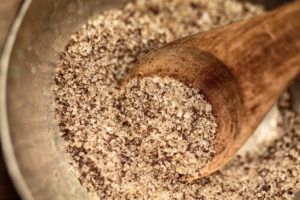
Other names: Pearl sugar or decorating sugar
Purpose: Mainly used for decorating
Best for: Dusting various pies and baked goods
Coarse sugar is a sub-set of white sugar that is bigger than other white sugar varieties. This type of sugar also has a variety of colors, making it perfect for decorating baked goodies. Because of its larger granules, this sugar is more resistant to heat.
5. Brown Sugar
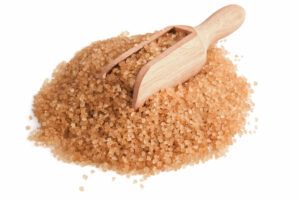
Purpose: Add sweetness to baked goods. It can be used to sweeten bacon too.
Best for: As a substitute for maple syrup. Brown sugar caramelizes more easily compared to other sugar varieties available.
Brown sugar is more commonly known as the “healthier sugar” when compared to white sugar. Although this type of sugar can retain more minerals compared to white sugar, sugar, in general, should be used minimally.
Brown sugar also has a more caramel taste to it, making it perfect for coffee and puddings. Aside from that, you can also use brown sugar for your BBQ sauce.
Types of Brown Sugar: In general, two types of sugar are available in the market – light and dark brown sugar. The first kind of brown sugar has less of a molasses taste and is better for baking. While the second type, has a stronger molasses flavor, making it perfect as a rub for your meats.
6. Coconut Palm Sugar

Other Names: Coconut sugar
Purpose: Coconut sugar can replace the use of white sugar as a healthier alternative.
Best for: A slightly healthier alternative compared to other processed sugars.
Coconut sugar or coconut palm sugar is made from the sap of coconuts and is a popular alternative for people embarking on a healthier lifestyle due to the minimal process involved in creating coconut sugar.
Nutritional Benefits:
Coconut sugar contains many nutrients necessary for a healthy body. These minerals and nutrients are potassium, zinc, iron, and calcium.
Potassium helps balance the fluids in our body. High blood pressure may happen when you have low potassium levels.
Zinc helps in the maintenance of a healthy immune system and helps heal damaged tissues. Iron is an essential element to make hemoglobin, a protein essential to transport red blood cells in your body. Lastly, calcium is necessary to maintain strength and create stronger bones.
7. Cane Sugar
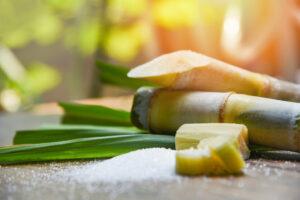
Purpose: Sweeten drinks and various baked goods
Best For: Sweetening baked goods with molasses taste more prominent
Compared to the normal refined white sugar available in the market, cane sugar is less processed, thus resulting in coarser grains. Cane sugar can replace most baked goods requiring the use of white sugar.
8. Fruit Sugar
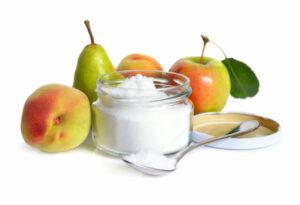
Fruit sugar is a healthier alternative compared to regular white refined sugar. Fruit sugar usually comes from plants and fruits and is then processed to create something sweet. However, if you just want to sweeten a drink, you can also incorporate fresh fruit to make it sweeter.
9. Sanding Sugar
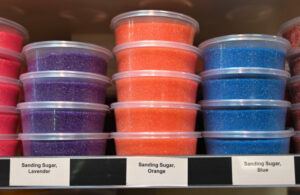
Other names: Sugar Sand
Purpose: Adds decoration to your baked goods with a shiny sheen
Best For: Designing baked goods and gingerbread houses
Another type of coarse sugar is sanding sugar. The size of the granules is between coarse sugar and regular white sugar. Creating your sanding sugar is also quite easy to do.
DIY Sanding Sugar:
Ingredients:
- Granulated white sugar
- Food coloring
- Sealable bag (Ensure that it’s heavy-duty)
Instructions:
- Preheat your oven to 250 degrees Fahrenheit
- Afterward, place the sugar in the sealable bag
- If you want to make your sanding sugar colorful, add a few drops of food coloring.
- Place your sugar onto a silicone mat and place that mat onto your baking sheet. Ensure that you do not spread your sugar to ensure that it will not melt easily.
- Check your sugar after every minute to ensure a shiny outcome.
- Once done, place the results in a mesh sieve to ensure that you will remove any clumps.
- Lastly, ensure that you place your sanding sugar in an air-tight container for it to last months.
Video Credit: @YourMorningCTV
Choosing From Different Types of Sugar – Hit or Miss
Choosing from the different types of sugar available is oftentimes hit or miss. That is why doing the proper research can reduce the chance of you making a mistake when using a new type of sugar in your baked goods. I can advise that before using a different type of sugar in your creation, first taste the sugar on its own.
From there, you can have an estimate of the taste that will work well with what. Never be afraid to try and experiment with different ingredients, and never be afraid of failing. Baking is an amazing hobby involving numerous trials and errors, but it will give the most tremendous results if perfected.
Frequently Asked Questions
What are the most common types of sugar?
Common sugars include granulated, powdered, and brown sugar. Each has a unique texture and sweetness level.
Is brown sugar healthier than white sugar?
Brown sugar contains molasses, offering a different flavor, but not significantly healthier than white sugar.
Can I substitute one sugar type for another?
Yes, but expect changes in flavor and texture. For example, using brown sugar instead of white adds moisture.
What is powdered sugar best used for?
Powdered sugar is ideal for icings and frostings due to its fine texture and ability to dissolve easily.
Are there less refined sugar options?
Yes, options like raw sugar and honey offer less refined alternatives with distinct flavors and textures.
Let’s Bake Together!
Uncover the magic of baking at its finest!
Follow us on Facebook, Instagram, and Twitter for mouthwatering images, recipe reviews, and an enthusiastic community that celebrates the delight of baking.
Facebook: https://www.facebook.com/bestbakingtip
Instagram: https://www.facebook.com/bestbakingtip
Twitter: https://twitter.com/bestbakingtips
Let’s create sweet wonders together!

